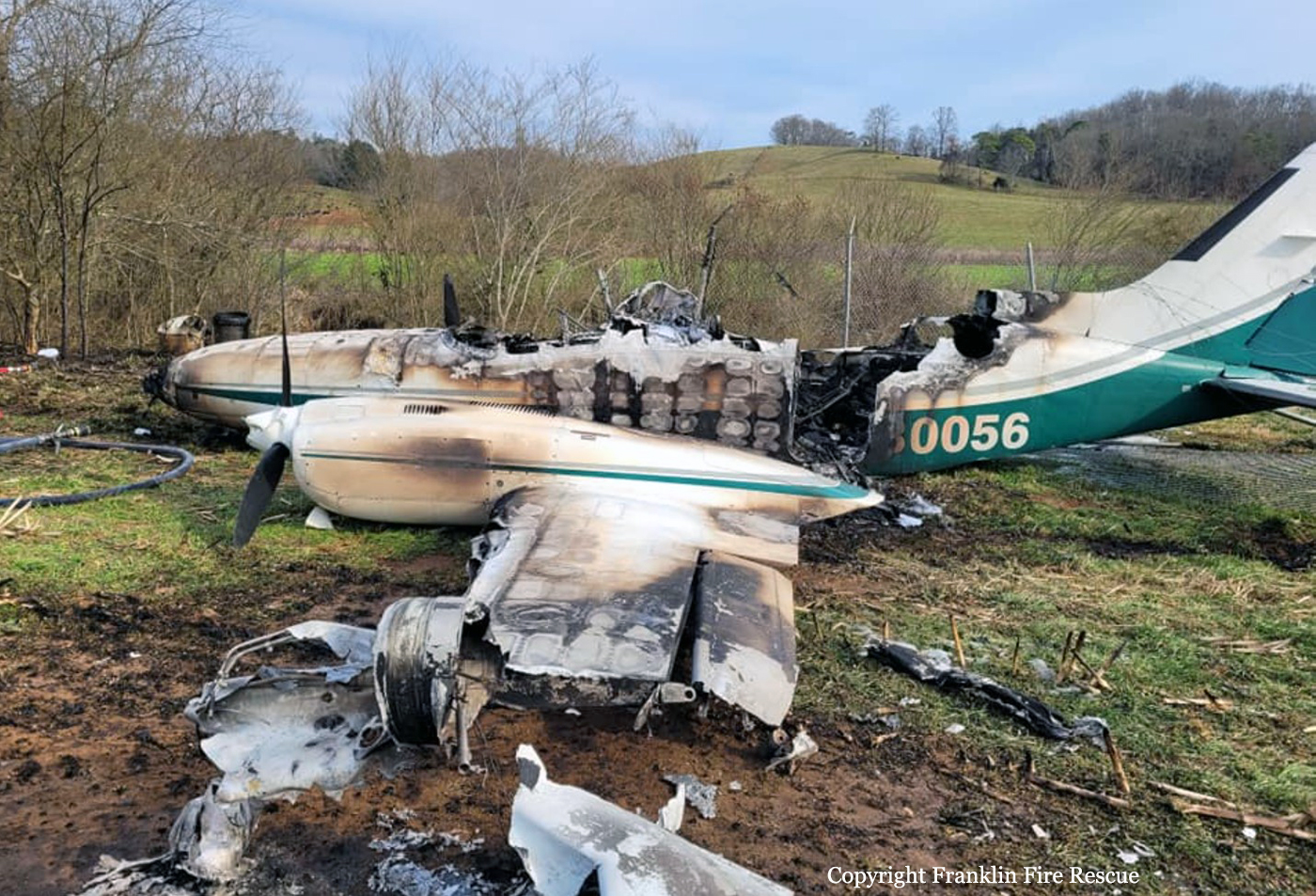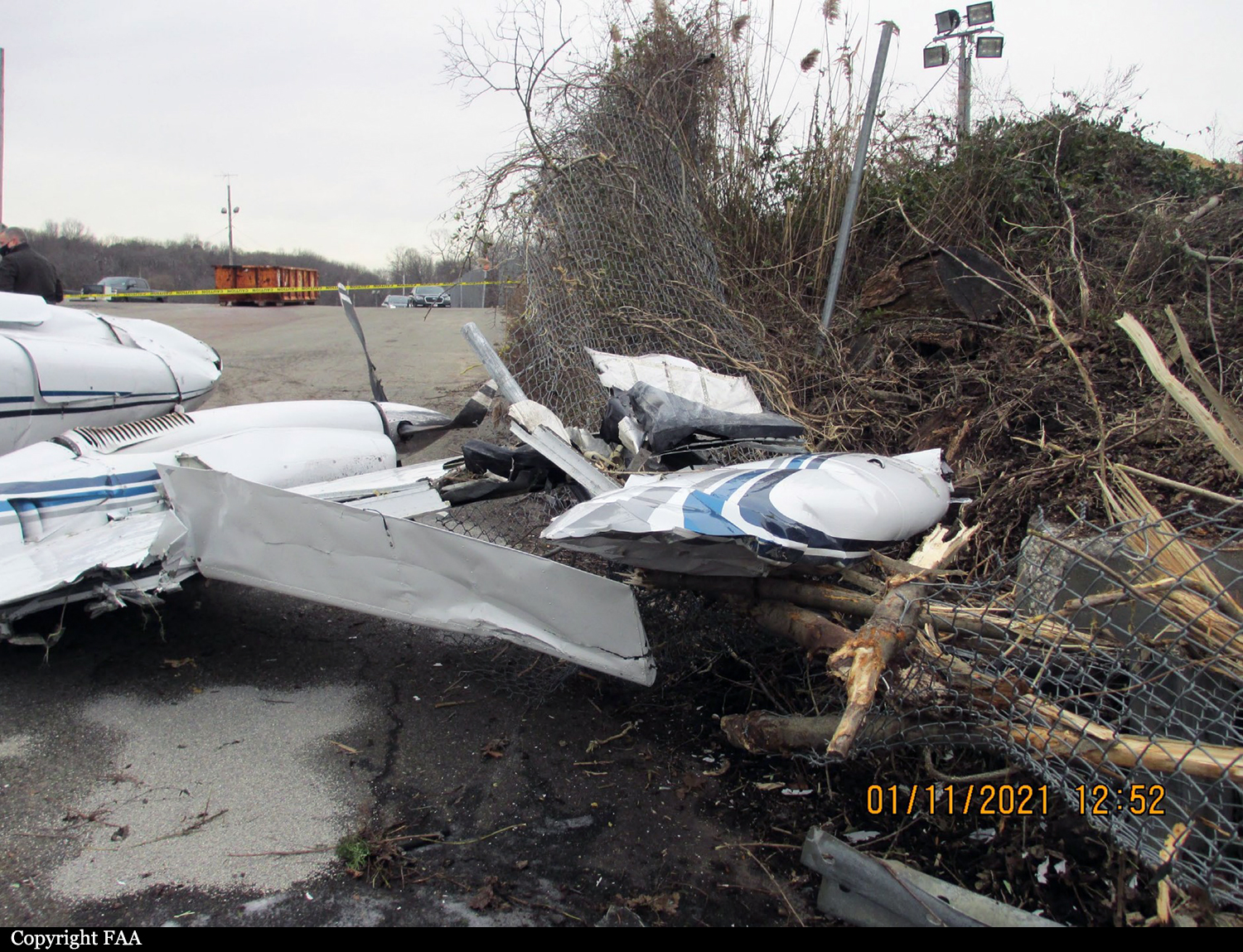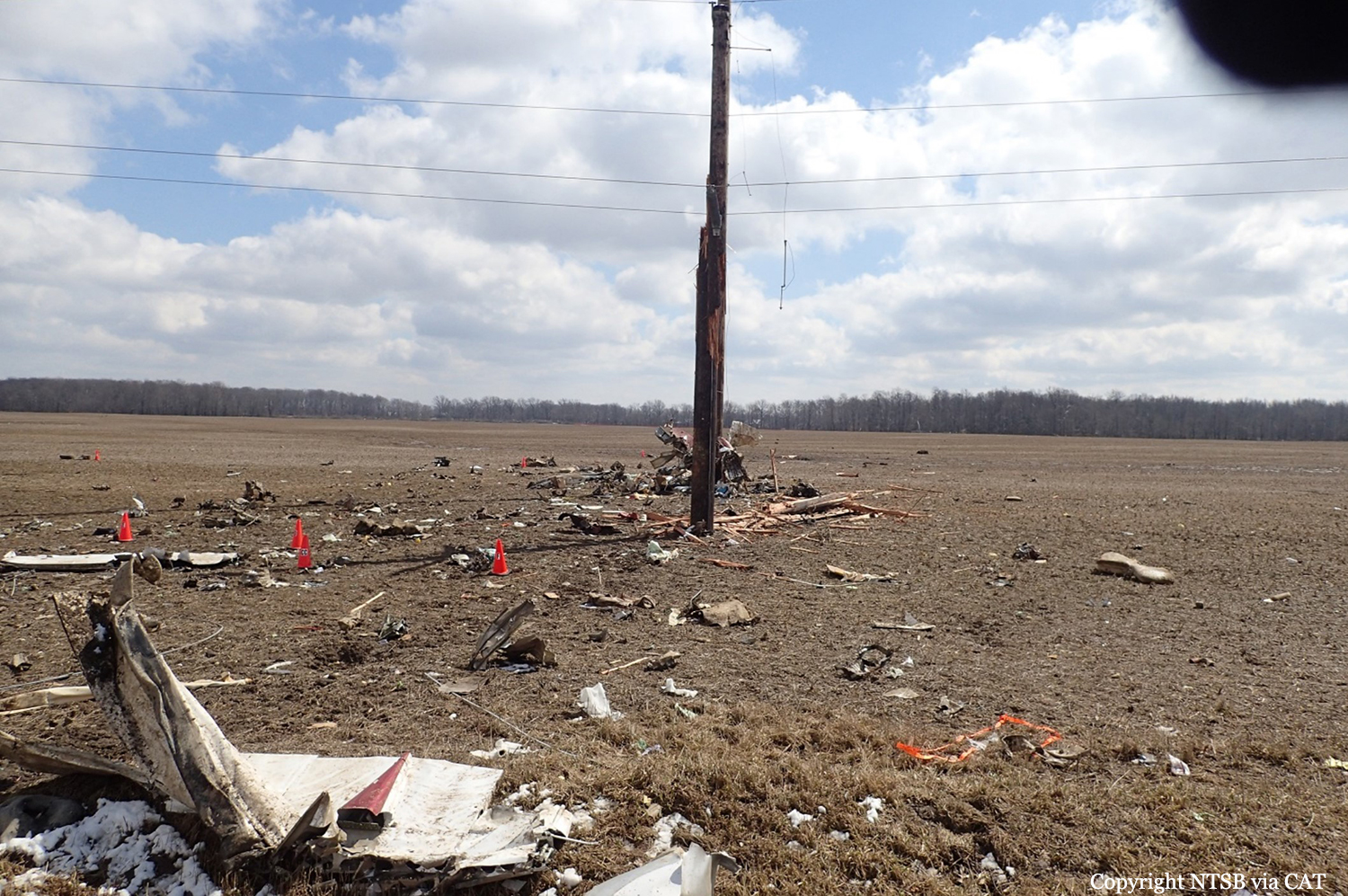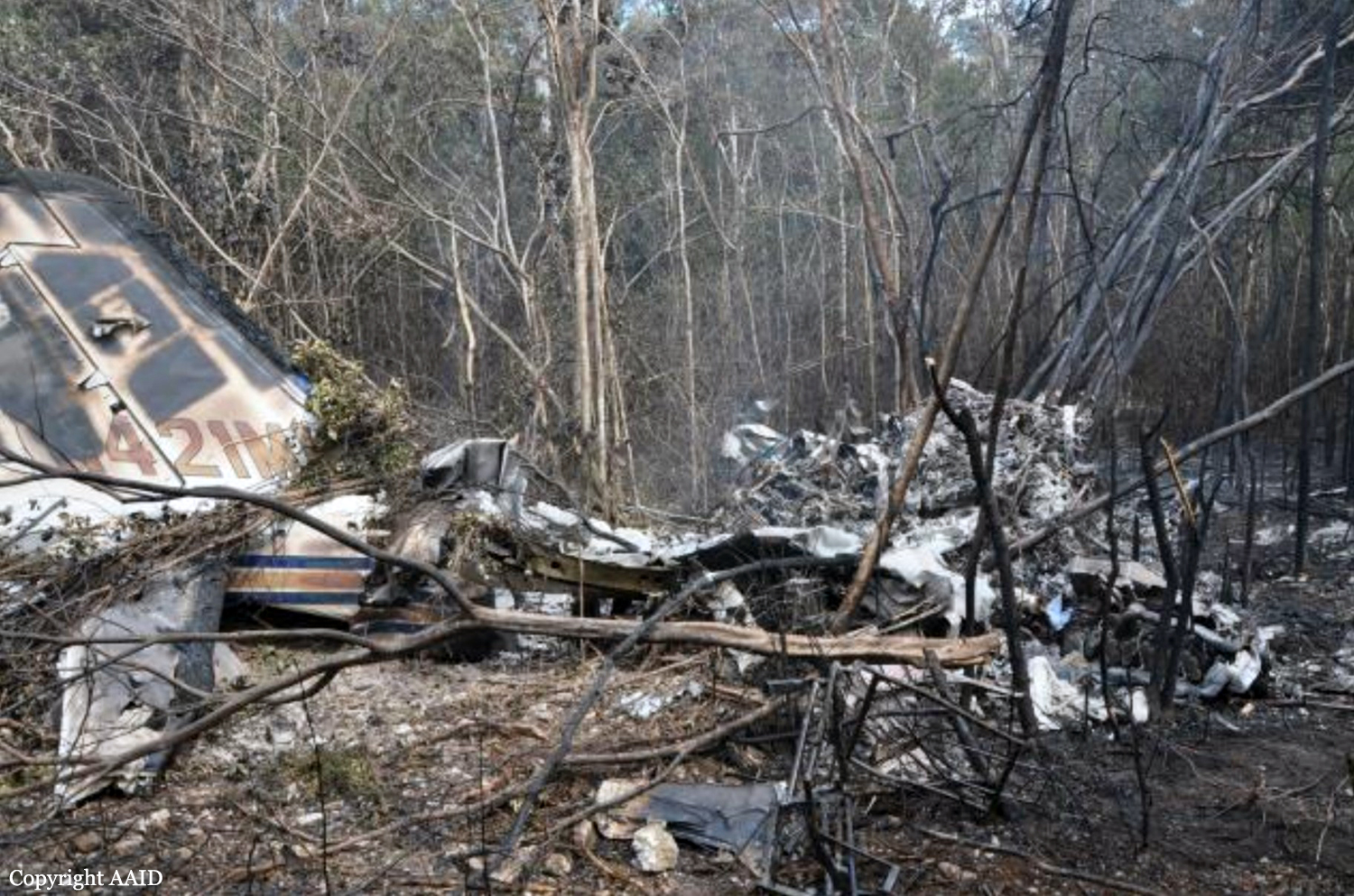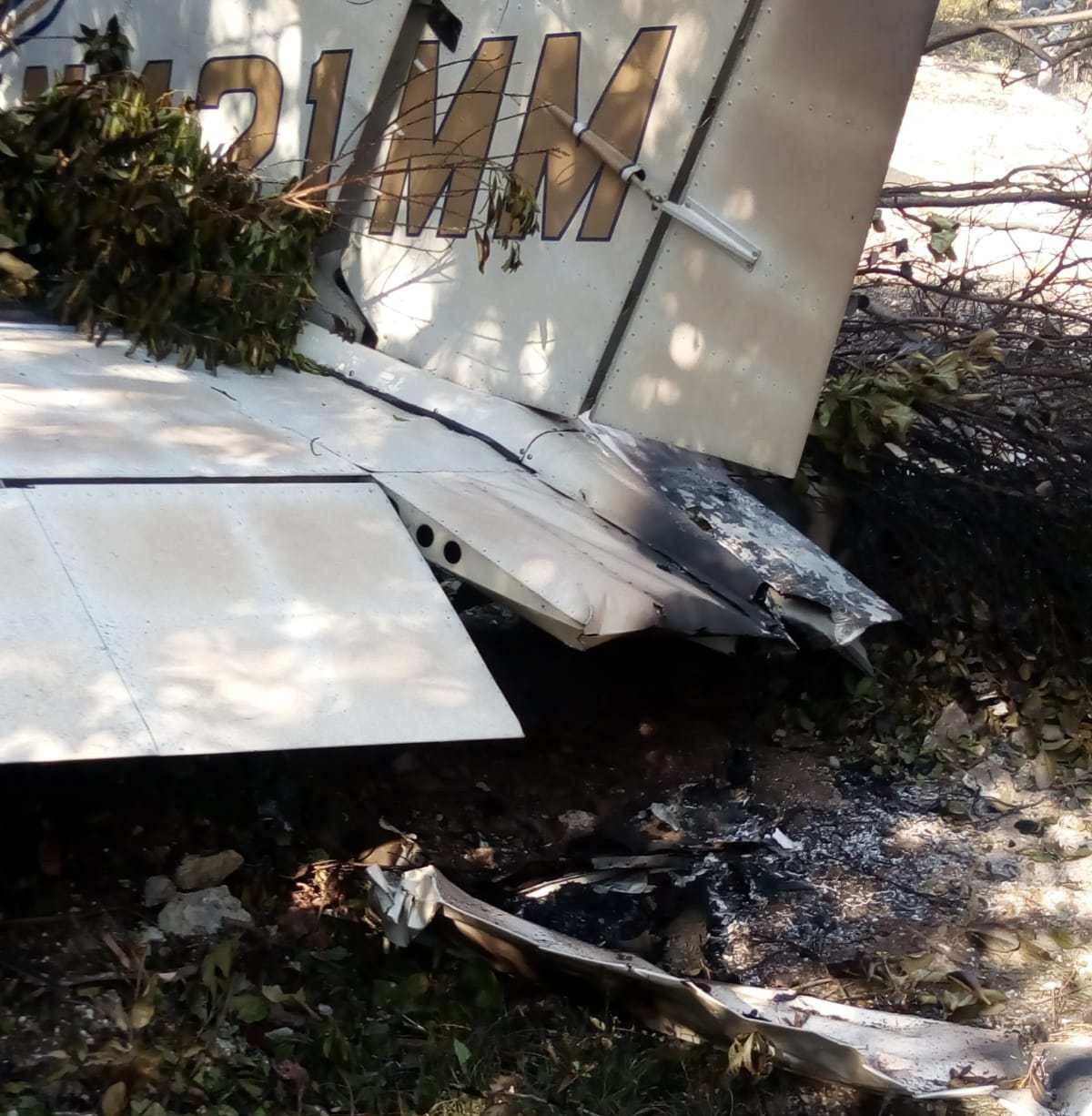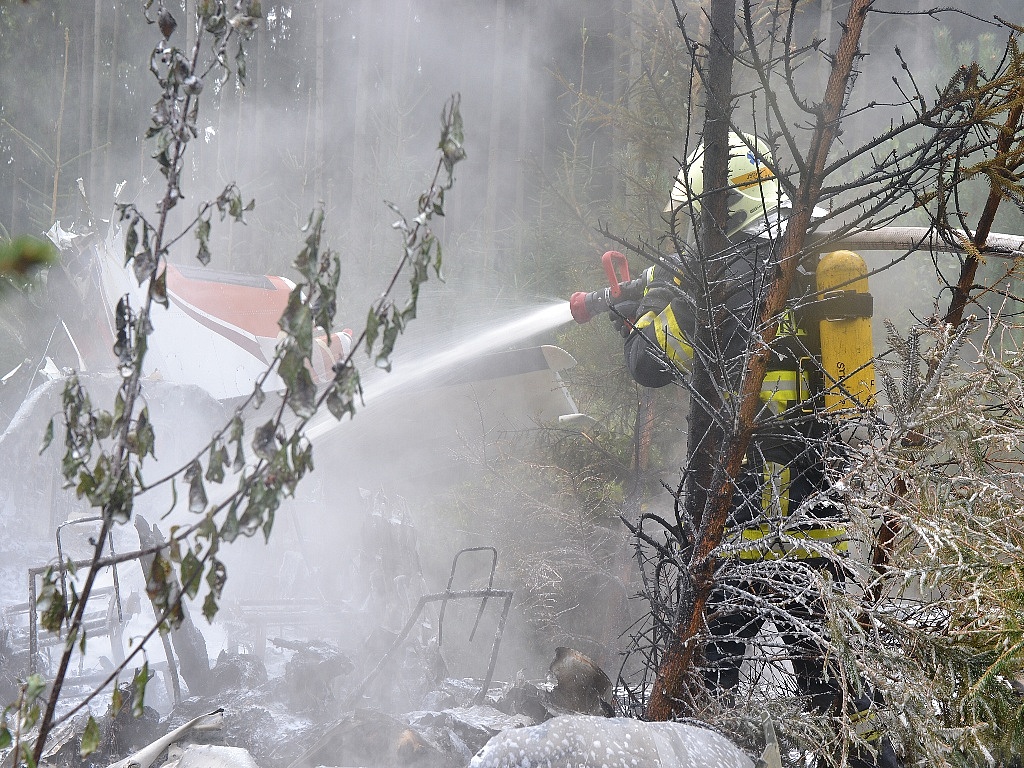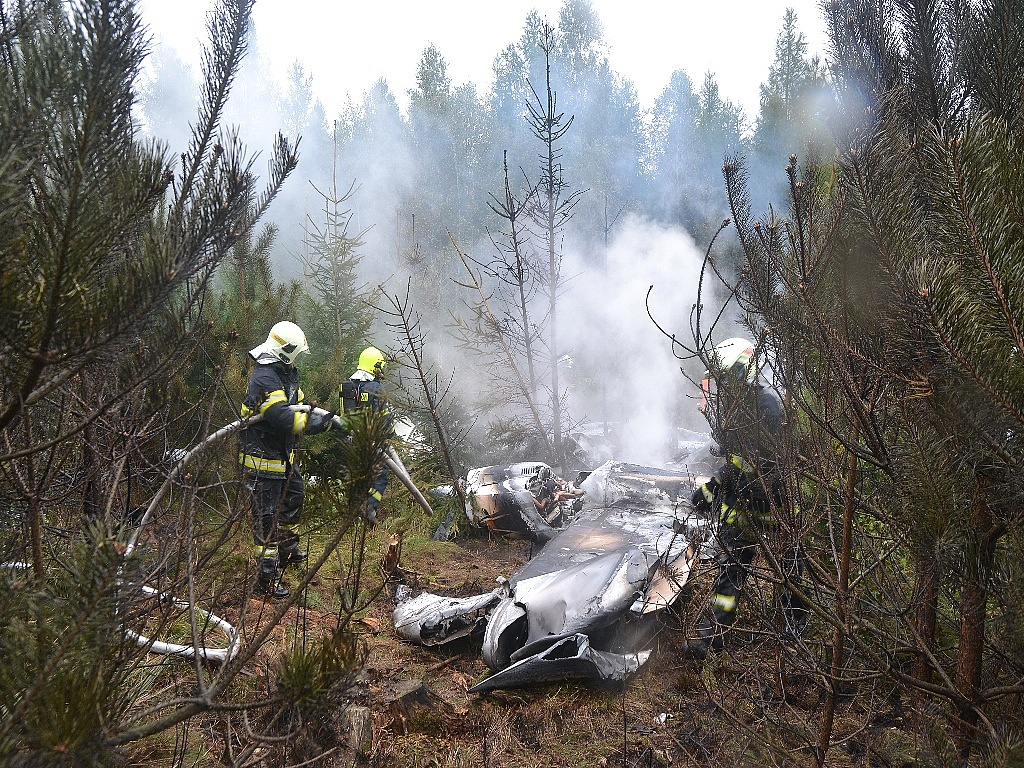Crash of a Cessna 421B Golden Eagle off Barcelona: 3 killed
Date & Time:
May 1, 2023 at 1115 LT
Registration:
YV1207
Survivors:
No
Schedule:
Cumaná – Coro
MSN:
421B-0244
YOM:
1972
Crew on board:
1
Crew fatalities:
Pax on board:
2
Pax fatalities:
Other fatalities:
Total fatalities:
3
Circumstances:
Radar contact was lost with the airplane while en route from Cumaná to Coro, heading 262° some 30 NM off Barcelona. The airplane failed to arrive at destination. SAR operations were initiated and no trace of the airplane nor the occupants was found.


